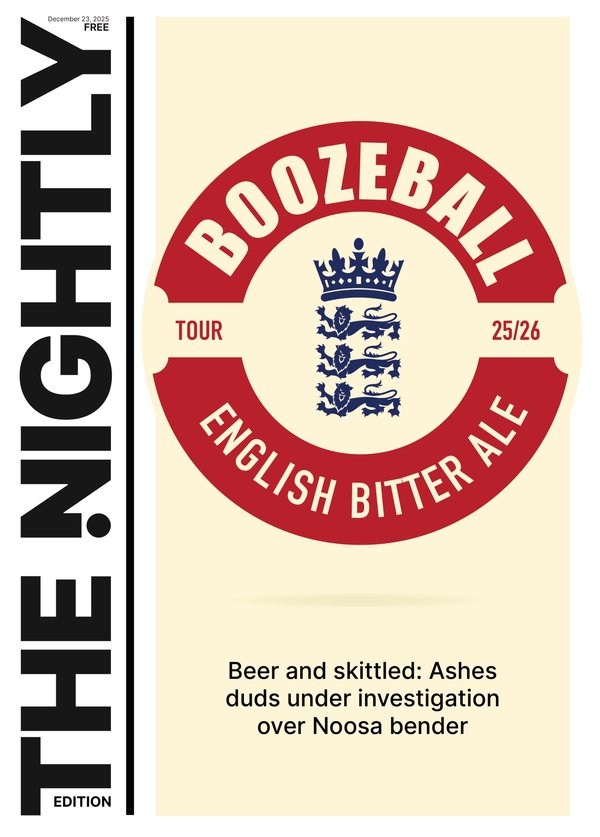KIERSTEN DUKE: Racing Victoria needs more transparency after Sir Delius ruled out of Cox Plate, Melbourne Cup
In shock news, Cox Plate and Melbourne Cup favourite Sir Delius has been scratched from both major races.
The startling revelation was prompted by specialist veterinary advice late last week.
Trained by Gai Waterhouse and Adrian Bott, Sir Delius underwent compulsory CT scans undertaken by independent imaging specialists.
Sign up to The Nightly's newsletters.
Get the first look at the digital newspaper, curated daily stories and breaking headlines delivered to your inbox.
By continuing you agree to our Terms and Privacy Policy.Results from the PET and CT scans on the horse’s distal limbs (from the knee down) showed that, in the opinion of the Racing Victoria medical specialists, the horse was at heightened risk of injury should he continue to race.
But what does heightened risk of injury really mean?
If I have a glass of champers at the races, I too am at heightened risk of injury.
But less heightened than if I impulsively decided to drink an entire bottle.
This vast scale of risk has created an enormous grey area for punters, leaving them incredibly confused — and I don’t blame them. I strongly feel like the same happens each year with the Melbourne Cup.
Horses take part in scans and X-rays that have been implemented to prioritise horse welfare, but no one knows what is being looked for and what specialists are keeping an eye on apart from “risk of injury”, whatever that is.
There’s no transparency with punters as to why the horse they have been most excited to see or already bet on is no longer racing. I have no doubt that a simple explanation from a specialised veterinarian would negate negative rumours and showcase the industry’s care for these animals.
I appreciate that scans and certain information is private, but more needs to be done to show off the love and attention to detail that surrounds these athletes. Racing Victoria needs to step up and do that.
A simple video series is all it takes, and there’s no better time to do it than now.
Horse racing is a niche industry that’s hard enough to understand at the best of times.
It’s constantly facing criticism, which mostly comes from people with a lack of understanding of how horse racing works.
We saw an example of this less than two weeks ago when equestrian influencer Amber Matthews took to social media to ask, “when will enough be enough?” in the racing industry in relation to the weight of jockeys.
Social media page Kick Up For Racing, which aims to correct thoroughbred and racing industry misconceptions, responded with a clear and calm explanation.
But unless you’re in the industry yourself, you wouldn’t know the page exists. Why? Because sticking up for horse racing doesn’t get as many clicks.
Positive reporting never receives the same reaction and therefore interaction as negative news does. But we as an industry can do more. In a time where social media is so prevalent, we need to be more forward in showing the treatment of these animals behind the scenes.
Some trainers have already started doing this by posting videos on TikTok or Instagram, but I believe that on the whole, there’s stacks more to be done.
I first had this thought back in 2018 when “The Grey Flash”, six-time Group 1 winning horse Chautauqua, suddenly decided to stop jumping from the gates. His amusing antics resulted in his retirement following multiple failed attempts to get him to race.
But alas, you can lead a horse to water, but you can’t make it drink. Footage of him refusing to jump was a fantastic response to uneducated haters who claim “horses are forced to race”.
Respectfully, you wallies, try getting a 600kg animal to do anything it doesn’t want to do. Chautauqua proved sometimes you can’t.
The quirky behaviour of “The Grey Flash” brought more eyes on the racing industry, and I personally felt it would’ve been a golden opportunity to capture footage of the different techniques used to manage and improve Chautauqua’s behaviour. A great educational moment for the general public was missed.
